Bramhagiri is where the river Godavari originates from. The firrst peak of Sahyadri is called Bramhagri. The story associated with this is that Shankar was pleased with Bramhadev and said I shall be known by your name. Hence it is called as Bramhagiri.
At a distance of 3 km from Trimbakeshwar Bus Station and 31 km from Nashik, Brahmagiri is a mountain adjacent to Trimbakeshwar in the Western Ghats of Maharashtra. Situated at an altitude of 1,298 m, Brahmagiri is the source of the sacred River Godavari.
Brahmagiri literally means the hill of Lord Brahma. According to the mythology, sage Gautama and his wife Ahalya resided on this hill. A cow was unintentionally killed by Saint Gautama while trying to ward it off. To wash his sins, he worshipped Lord Shiva to bring river Ganga on earth from the heaven. Pleased with Sage Gautama’s devotion, Lord Shiva requested Ganga river to flow down in the form of Godavari to make Sage Gautama pure. Hence, the river is also known as River Gautami.
Earlier, Brahmagiri hill is considered as a huge form of Lord Shiva and hence the mountain climbing was considered as a sin. In the year 1908, Seth Lalchand of Karachi and Seth Ganeshdas built 500 stone steps at a cost of Rs. 40,000. This has facilitated easy access to Brahmagiri. One can see the water flows in three directions on the mountain. The one flowing towards east becomes Godavari River, one flowing towards the south is Vaitarna River and the one flowing towards the west is called the west-flowing Ganga and meets Godavari near Chakra Tirth. River Ahalya meets Godavari in front of the Trimbakeshwar temple. Sadyo-Jata, Vamdev, Tat-Purusha, Aghora and Ishana are the five peaks of Brahmagiri hills, which are considered as five mouths of the Lord Shiva.
A 10 minutes’ walk from Trimbakeshwar towards Brahmagiri brings visitors to a signboard that indicates the presence of wild animals and warning regarding the same. Then, the gradual ascent of 2 km brings you to the top of Brahmagiri Hill. It takes around 2 hours to reach the top of the Brahmagiri from Trimbakeshwar. One can see the temples of Lord Shiva and goddess Godavari at the top of Brahmagiri Hill. Godavari Temple is believed to be the origin of Godavari River. The river appears here as coming out from the mouth of Nandi. From here, the river flows till Gangadwar and then towards Kushavart teerth in Trimbakeshwar village. Kolambika Devi temple and a group of 108 shivlings are located nearby.
The Brahmagiri hills with its rugged terrain are not only attractive to pilgrims but also nature and adventure lovers. There are many trekking trails nestled among the woody trees. The ranges are rich with natural attractions and scenic spots. The Brahmagiri hills are replete with natural beauty. The panorama of Brahmagiri hill is an eye treat.
About Brahmagiri
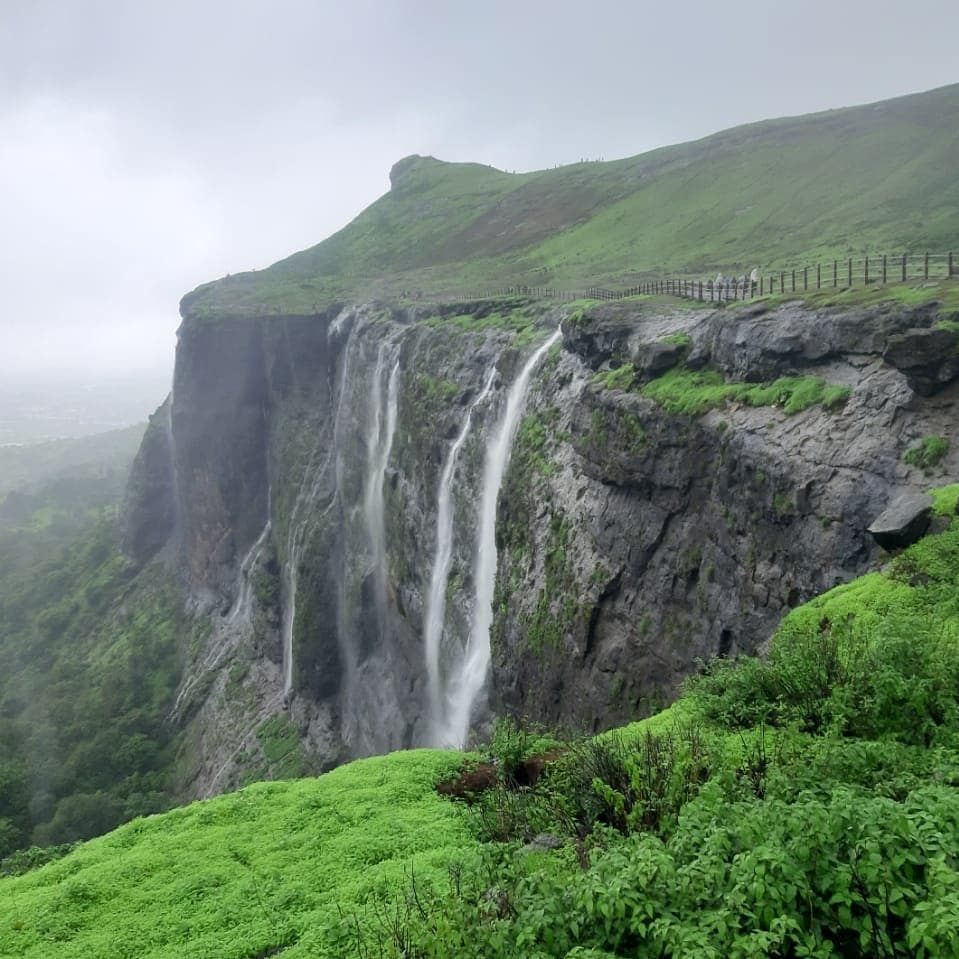
Brahmagiri is one of the tallest peaks of the Western Ghats with an altitude of 1298 metres above sea level. Situated in Nashik district, the hill also commands religious significance. Brahmagiri refers to the hill of lord Brahma, and is known as the abode of Lord Shiva. Since river Godavari is also known as Dakshin Ganga, the mythology around her origin at Brahmagiri, is very similar to the origin of Ganga at Gaumukh. It is said that Brahmagiri happened to be the home of Rishi Gautam and Ahilya, and it was because of his worship that (Dakshin) Ganga came down to flow on earth.
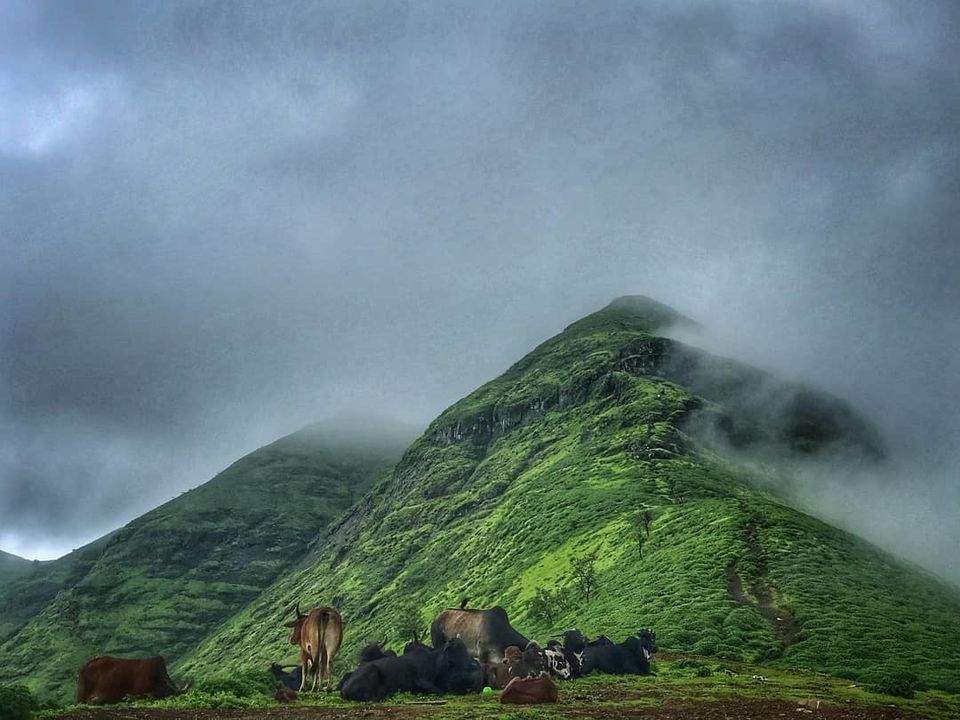
The Trek
There are two ways of starting the trek. You can either take the flight of stairs from Trimbakeshwar State highway which have 750 steps or take your vehicle/ public transport that would drop you closer to the top from where you just have to climb 200 steps. There are palanquins available here for elderly pilgrims visiting the hill for religious reasons. The trek is pretty steep, and it might challenge you if you are not a regular trekker.
Once you climb these 200 steps, your eyes will meet the beautiful views of the Western Ghats. You can visit the Kund (spring) from where Godavari originates. Godavari flows for a small distance here and then goes underground to reappear again at Gangadwar. There are 108 Shiva Lingams on narrow stretches on the hill along with caves of Rishi Gautam and Rishi Gorakh. There are many more caves and Lingams on different stretches of the hill but these can be approached by climbing down to the highway and taking the stairs to the other parts of the hill which can comprise of up to 1500 steps.
Though Brahmagiri might sound like a heavily religious place but it is as popular among fitness enthusiasts, nature lovers and adrenaline junkies.

When to visit
Monsoon (late June-early September) is the best time to visit Brahmagiri. During this time the entire landscape becomes verdant and there are many waterfalls on the route. There are strong winds on hill tops and some of these waterfalls turn upside down with the winds carrying the water droplets up in the air.
How to Visit
By Air: The nearest airport is at Nashik (50 kms). From here you can easily find a cab to Trimbak from where the trek begins.
By Rail: The nearest major rail-head is at Nashik(40 kms). Regular MSRTC buses run between the railway station and pilgrim centre at Trimbak.
By Road: If you are driving from Mumbai (180 kms), take NH 160 to Igatpuri. Take the diversion to Trimbak from Ghoti Budruk that goes through Vaitarna reservoir. If driving from Pune (250 kms) take NH 60 to Nashik, and then drive to Trimbak.


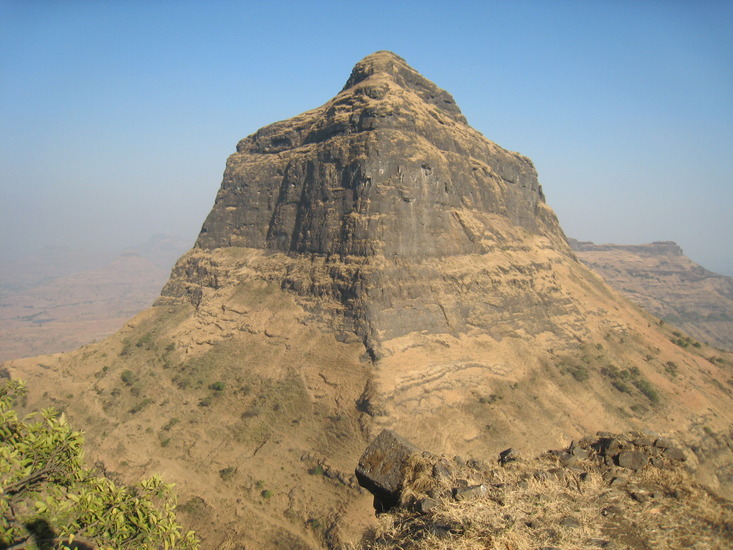

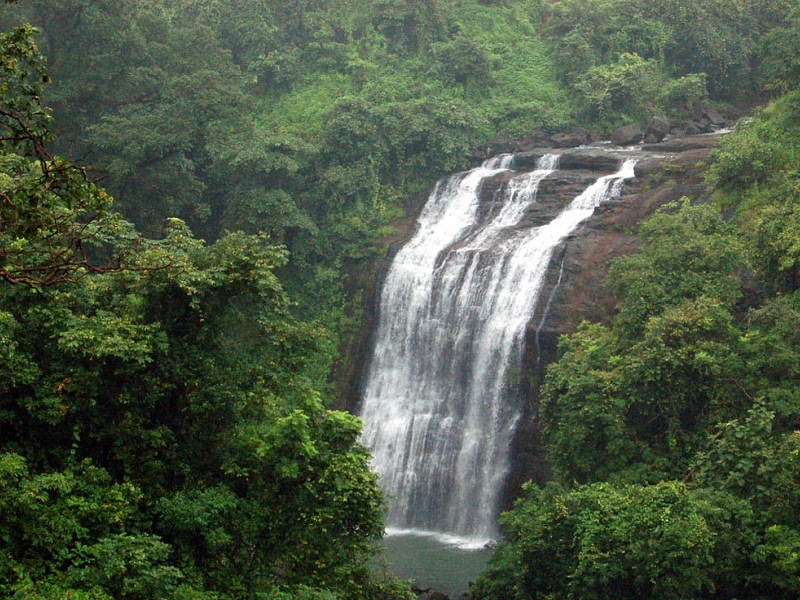
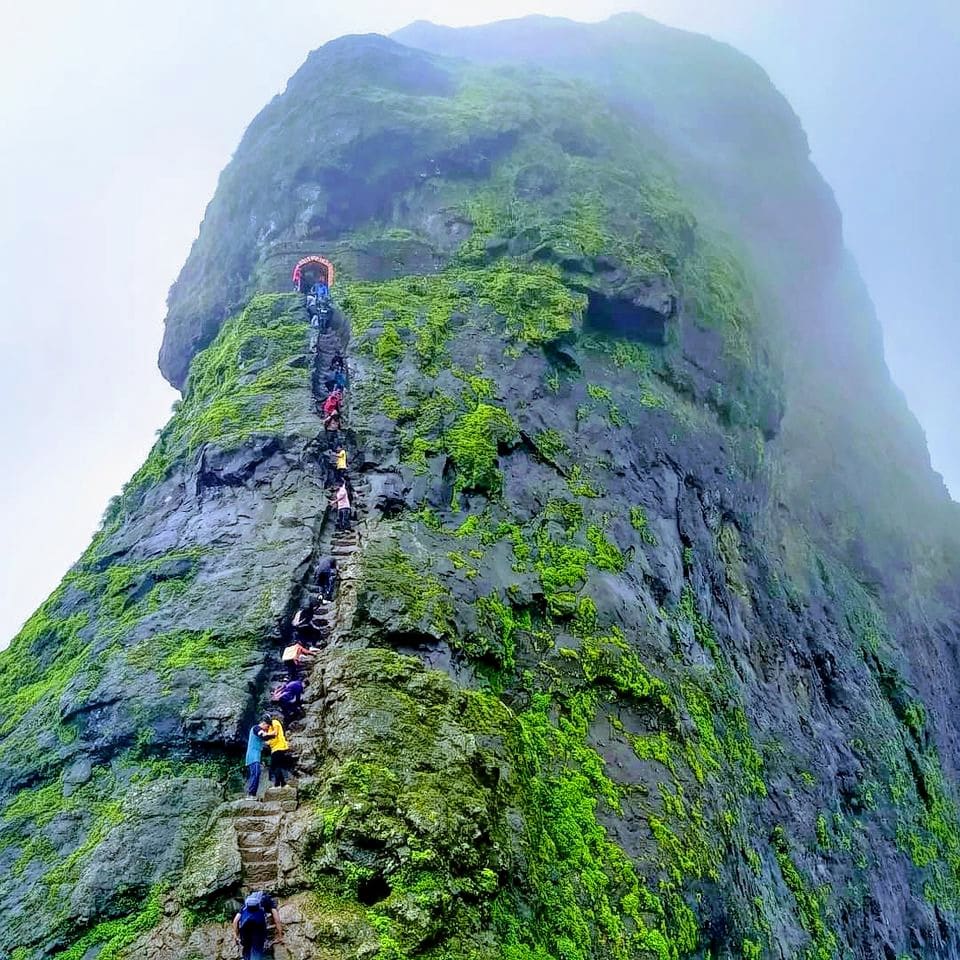
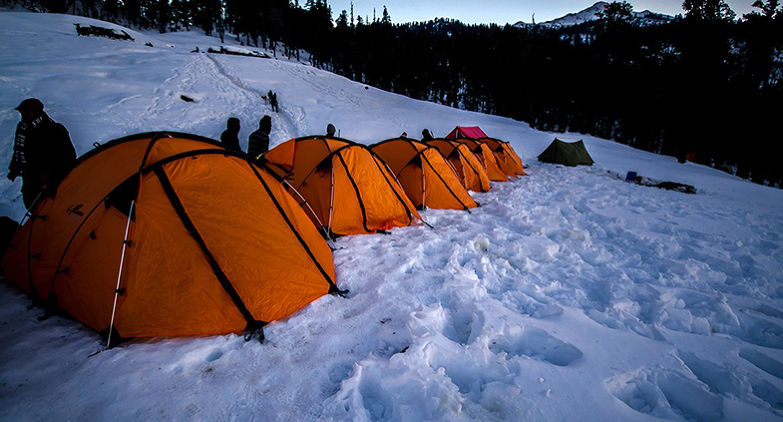
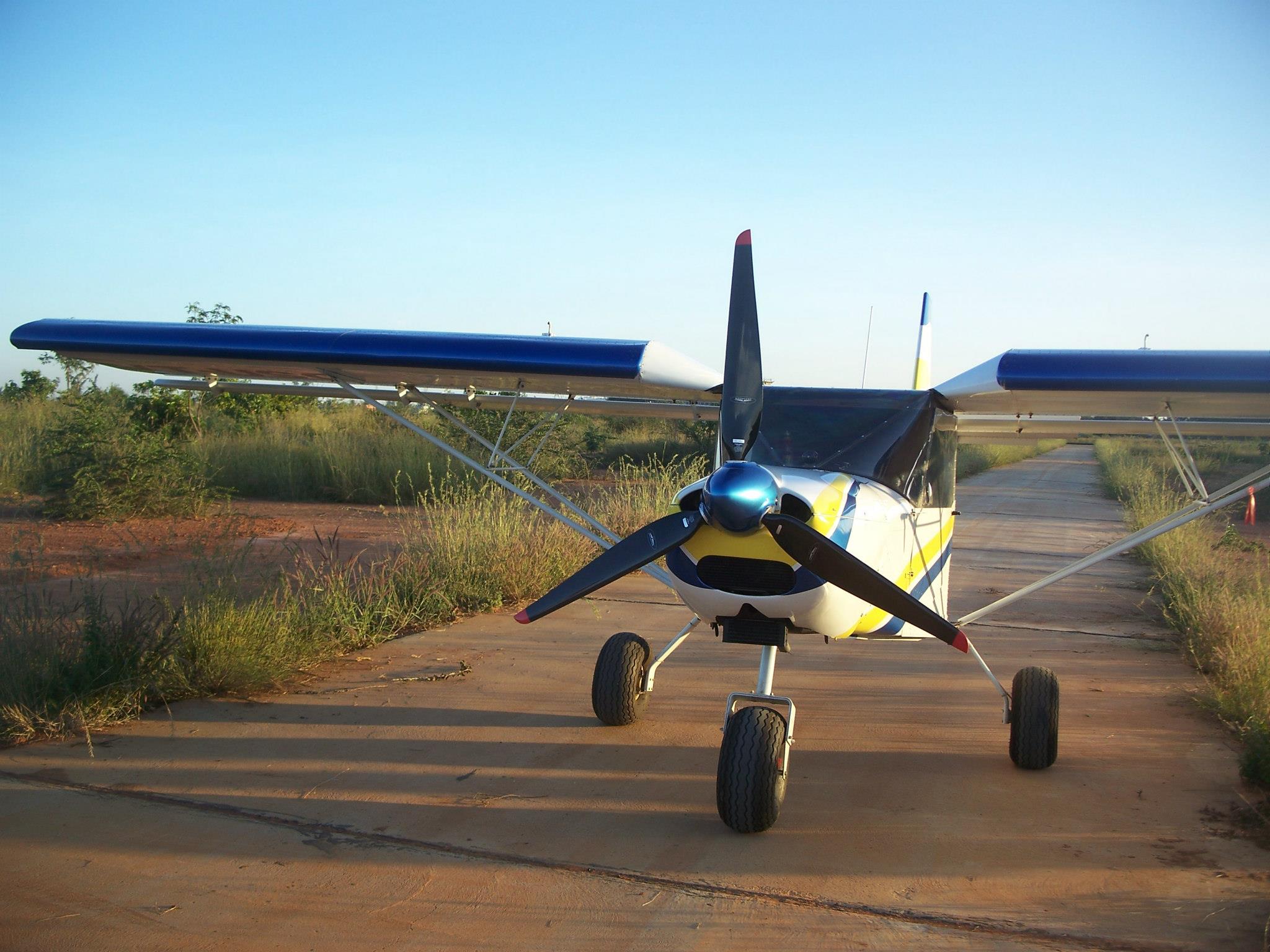
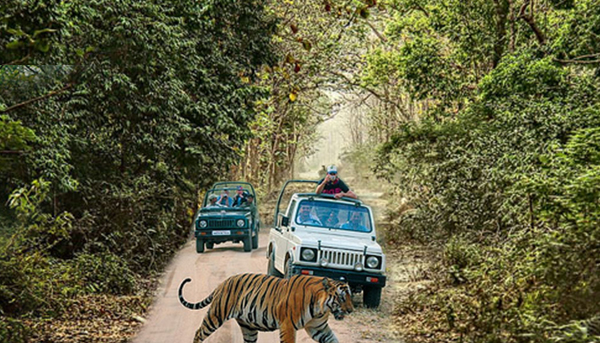




11 Comments
Comments are closed.